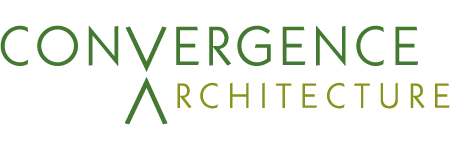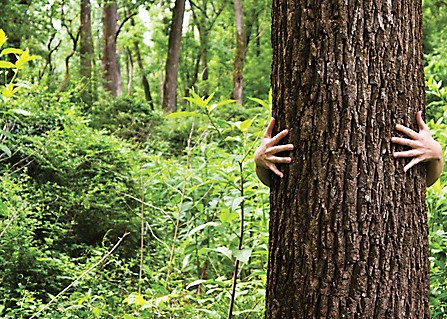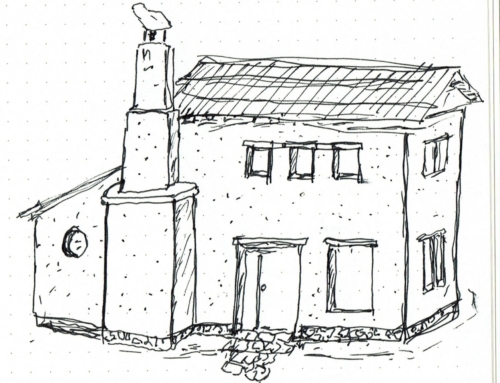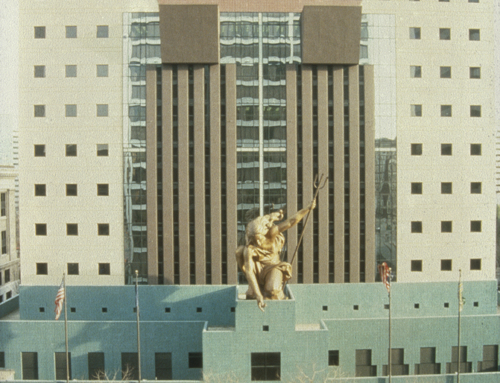Written By: Grayson Schoenbine
After attending the International Mass Timber Conference this past March, and in particular a session entitled: Sustainable Wood from Sustainable Forests with Mike Cloughsey the Director of Forestry with the Oregon Forest Research Institute, there appeared two major takeaways concerning forest management and public perception.
For architects and engineers to be comfortable using wood products at the scale of mass timber, they must not only understand the benefits of wood as a material, but also the principles of sustainable forest management and the methods of regulations and forest certification. Focusing first on sustainable principles of forest management, the stated goal is “managing forests to create present and future benefits while meeting present and future needs.” These needs are ecological, economic, and social. Underneath this banner of Stewardship, there are four S’s which encapsulate the benefits of proper management:
- Sequester: Forests sequester carbon. According to the 2021 International Mass Timber Report, in the United States alone, forests store more than 14 billion metric tons of carbon (excluding Alaska and Hawaii).
- Store: Wood products store carbon. In the Pacific Northwest roughly 1,900 pounds of carbon or carbon equivalent is stored per cubic meter of lumber produced (2021 Mass Timber Report).
- Substitute: Wood is a clean substitute to other common building materials like steel and concrete, which have a higher carbon output in their creation and don’t store any carbon during their life cycle.
- Sustain: Ensuring long-term forests allows for present and future generations to enjoy and benefit from timber.

While architects and engineers intimately familiar with the construction process may understand the benefits of timber, there are still public misconceptions about the use of wood. Forest regulation and certification go hand in hand with clearing misconceptions and fostering transparency. Trees are a renewable building material, but one of the biggest barriers to market-wide use of timber is the idea that trees should be preserved at all costs. Proper forest management balances harvest and growth, to avoid becoming forest-mining. The current difficulty is overcoming the assumption that cutting any tree down is a bad thing. A similar issue of public perception involves techniques like clear-cutting. Trees like Douglas Firs grow best in even-aged stands and practices like clear cutting mimic natural growth after a forest fire. While this may seem damaging at first, sustainable management requires planting seedlings after this logging. Lastly, instituted forest certification builds trust and accountability in both timber producers and consumers within the construction industry.
Three major forest certification programs stand out in the Pacific Northwest and have various labels which are applied to lumber through adherence to principles concerning forest retention, harvest size, and use of chemicals. The numbers for these certifications were provided by Mike Cloughesy with the Oregon Forest Resources Institute.
- Forest Stewardship Council (FSC) an international program certifying 35 million acres in U.S. and 20,000 in OR
- Sustainable Forestry Initiative, a US and Canada program certifying 67 million acres and 3.8 million in OR
- American Tree Farm System, a US Only program certifying 28 million acres and 700,000 in OR
If mass timber is to take its place as a renewable, safe, and aesthetic material in the public eye, the way forward is advocating and understanding forestry management principles and the certification of harvest in forests that are so beloved and important to their communities.









